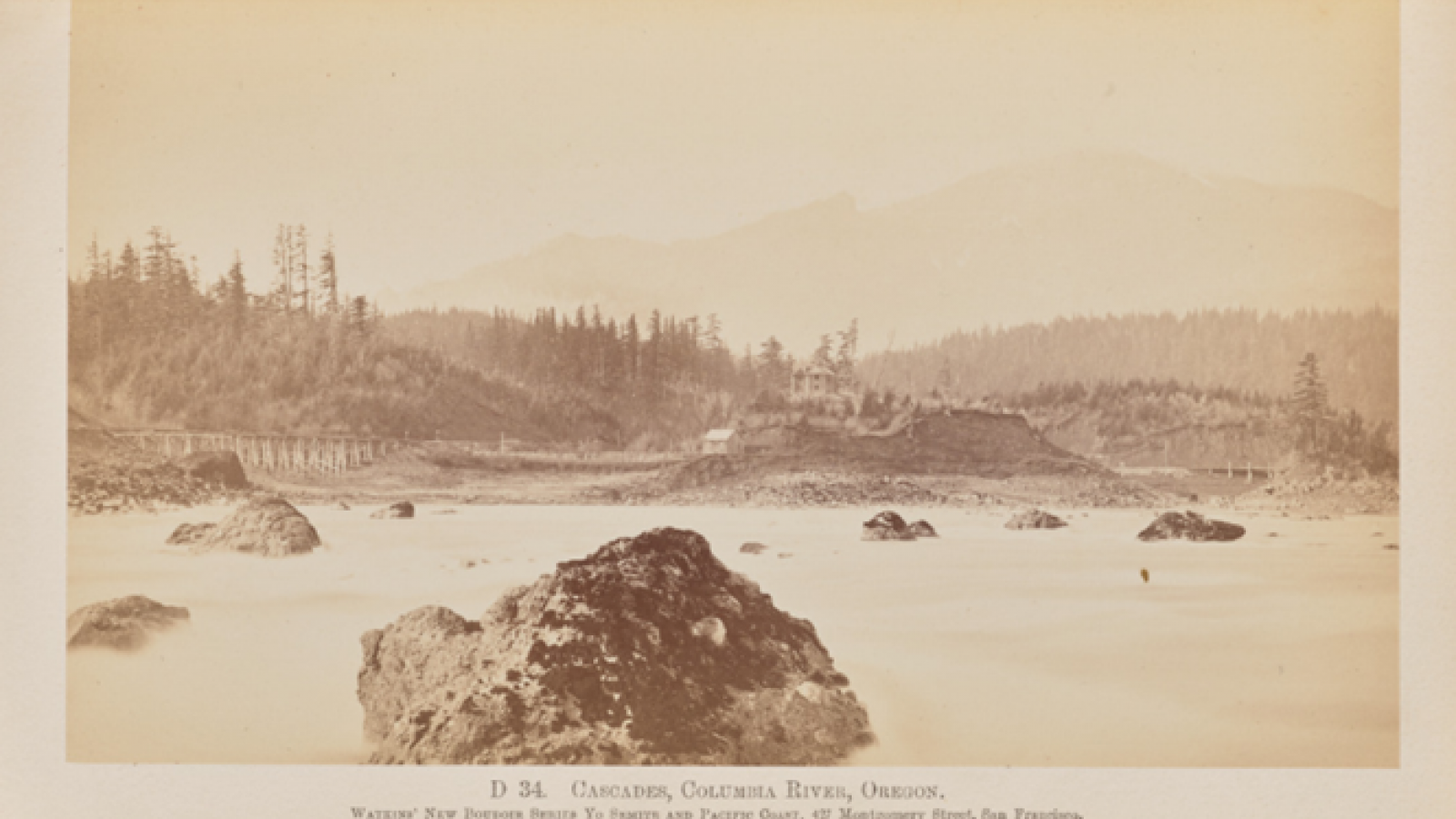Where the Columbia meets the Pacific

There is a peacefulness to enduring the screeching dune grass, observing the tumultuous waves, and being subject to the abuse of the sand. At the end of its journey with no additions to success or expectations for praise, the Columbia effortlessly continues to give birth to the Pacific while the rain erodes the tips of civilization beneath the detritus of the delta. I stand amongst the awe - soaked in failure, an all too common phenomenon I have come to appreciate about mushroom hunting.
Amidst the droplets from the earth and sky, the river and ocean, and the life throughout it all are vessels of biological information - freightliners with the cargo necessary to give birth to life. Spores. If I could only tune my eyes to see a shadowy topology of the land and a heatmap upon where the spores settle then I would observe a sunburst crawling up the steps where water meets land. Everywhere there are spores screeching between the beech grass, crashing with the waves, and whiplashing with the sand.
The azurescens can only be found within the delta’s sunburst. Albeit… probably more common a month prior to this storm. Here I am, soaked in sand, salt, and water - looking like I’m wearing a trash bag after 3 separate journeys and 24 hours submerged above sea level. By all metrics my body is uncomfortable. My hands are covered in scratches as if the dune grass forced me to reckon with my failed mission. Maybe I should run toward shelter and warmth. But I’m already wet, I suppose. I could try to see the good in the failure, but then I’m only acting like I’m warm.
Mushrooms only bloom when it rains… and what do I experience if I am always running to stay dry anyway.
Written by TPS Fellow Zach Konkel
Photo credit: Watkins, C. (1883, estimated). Cascades, Columbia River, Oregon. Retrieved from https://www.getty.edu/art/collection/objects/58522/carleton-watkins-cascades-columbia-river-oregon-american-about-1883/

